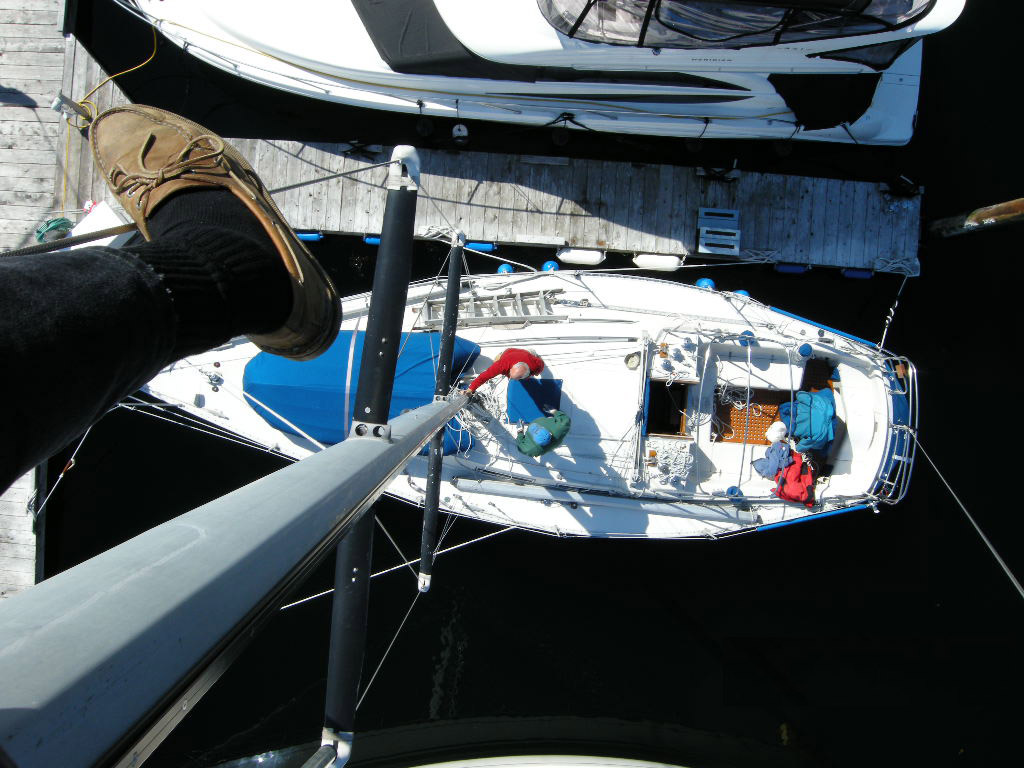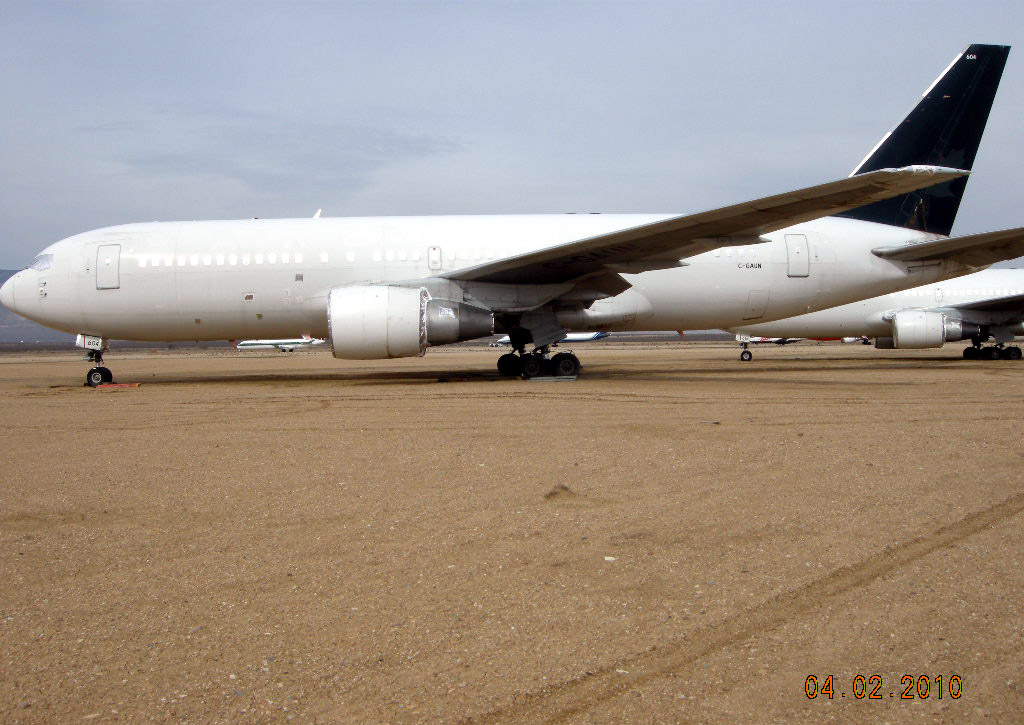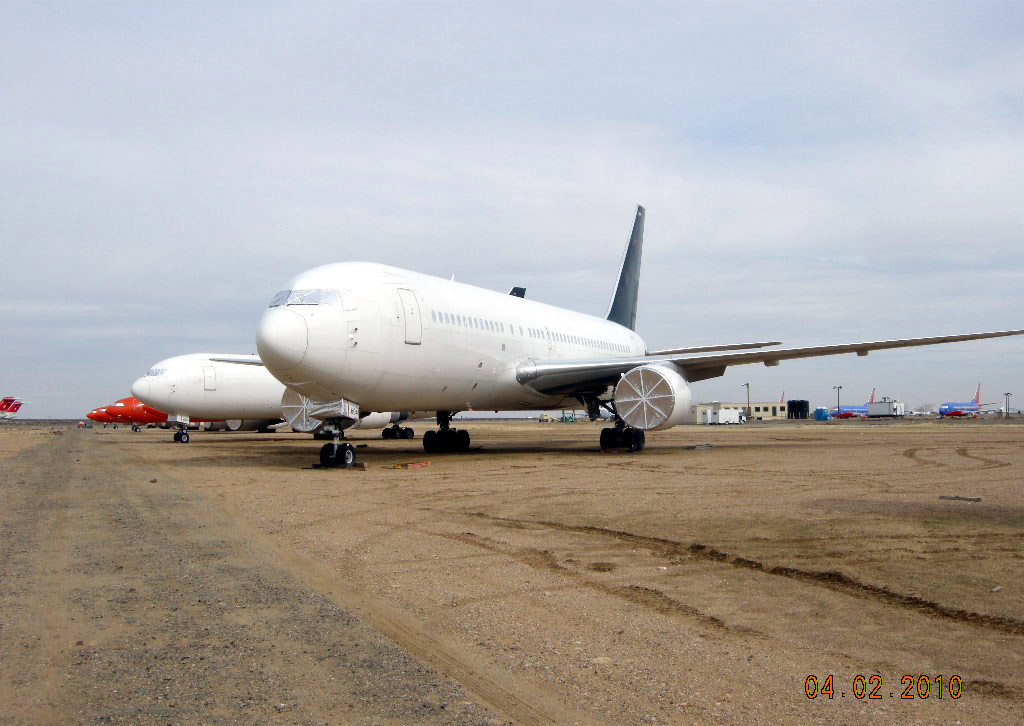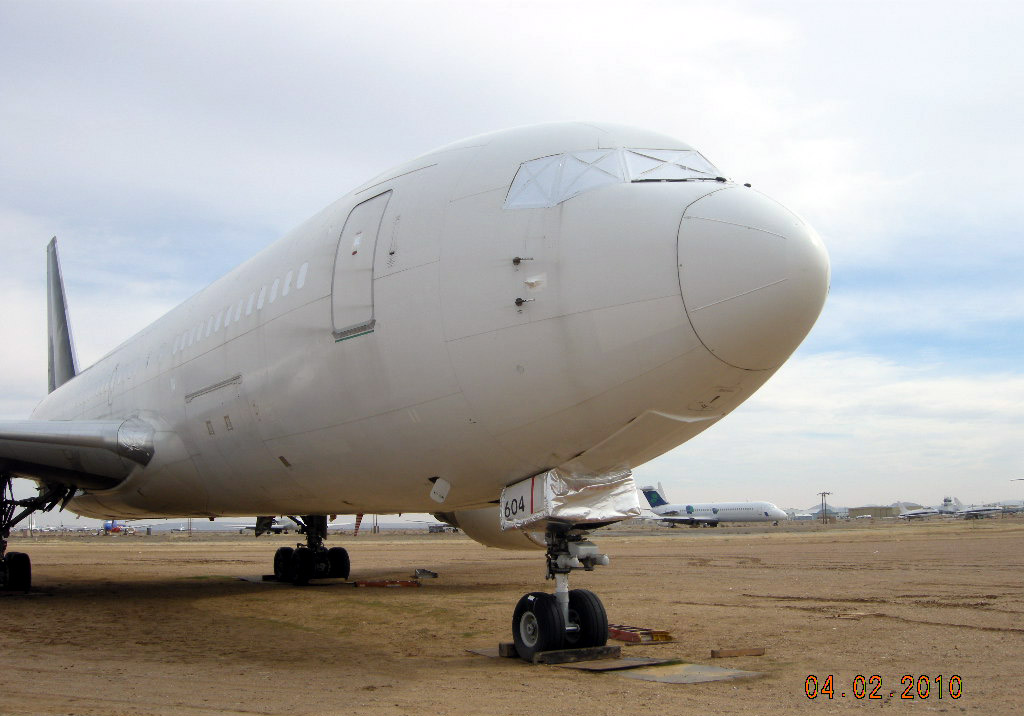|
The Gimli Glider Revisited |
|
"0138Z: AC143 YOW-YEG, forced landing at GM" (Winnipeg ACC log, July 23, 1983) ATC logs and journals always seem to understate the dramatic. The story of the "Gimli Glider", as AC143 came to be known as, has been the subject of many articles, several books, and even a TV movie (Falling From The Sky, Flight 174). Air Canada recently retired the 767 to Arizona and NAVCANADA ran a feature article about the whole event. Perhaps it is time to revisit that night once again so I contacted Len Daczko in BC., but first a little background to set the stage. I was DSC in WG ACC at that time and was scheduled to work the midnight shift on the 24th so I had been napping in the evening and did not watch any TV. My Honda 550/4 motorcycle did not have a radio so I arrived at the ACC about 10:50pm not knowing the evening's adventure. When I entered the OpsRoom it was amazing. Usually the place was quiet as other than North Atlantic flights, traffic had largely passed through domestic airspace - but this night was different. Everyone was excited, smiling, laughing, euphoric, and no-one had gone home early. I found Helmut Goossen, the DSC I was relieving and asked him what was going on. I remember him giving me a strange look and saying: "You don't know?" Upon hearing my reply he filled me in. The story was almost unbelievable. The two controllers most directly involved were Ron Hewitt in the North and Len Daczko in Terminal, here are Len's words in response to an email I sent in April '08.
"Thanks for sending the NavCan News. You asked me if it was accurate or not? [Ed Note: Len sent another email to clarify a couple of points.] "
I read the NavCan article again last night and failed to explain fully some key info to my first email. And a great postscript, almost dejŠ vu. "A strange thing happened to me exactly 2 days after the Gimli event. I was working day shift in a combined position (Departure and TRSA). The visibility was reduced due to rw- activity in the area. I received a call from the North Board that they had an Ilford-Riverton DC3 about 30 nm north of Gimli and who just cancelled IFR and wanted flight following into Gimli. I selected the 80 nm range and when the aircraft came over to my freq. I radar id'ed him and was told that he was wanting vectors to Gimli because he was unable to maintain altitude as one engine was shutdown. I gave him a vector for the airport and when he finally made visual contact, I asked if he saw a B767 on the runway. There was a brief pause and then he said that he did in fact have the 67 in sight. I very slowly told him to use the other runway! He landed safely without incident." Len. |


Len sent along a couple of pictures to show he is still actively involved in his lifelong "hobby" - sailing. (As usual, left click on the thumbnail for a larger image) |
|
- Gimli Glider Revisited - part 1 - |
March 2010: Stan Enns is a retired WG ACC DSC and one his hobbies is geocaching (check out his hobby on (spinning globe ) but recently his hobby had a connection to the Gimli Glider. Here is the story in his words and make sure to check out the link at the bottom. It's good to see this event remembered and celebrated. Gimli Glider geocache |
I know most of us who have worked in ATC, or are working today in ATC, understand that the public perception of what is "done on the ground" or behind the scenes if you prefer, is often incorrect or at least incomplete. Maybe we are guilty of not insisting that facts be reported accurately, after all the information is only as good as the reporting. But here we fortunate to hear the story again but this time in the words of one of the controllers.
This webpage is a small way of recognizing that on a summer evening a long time ago, many people contributed to this amazing, almost incredible aviation event.
[Ed Note: The most accurate portrayal of ATC I have ever seen is the movies is United 93. It is compelling watching and thankfully the producers took great efforts to tell the story as realistically as possible and it stays close to real-time. In my opinion, the most chilling scene was when the controller loses contact with UAL93 and the aircraft changes course - the controller stood up and kept calling. In the business of ATC you know something is wrong any time a radar controller stands up.]



